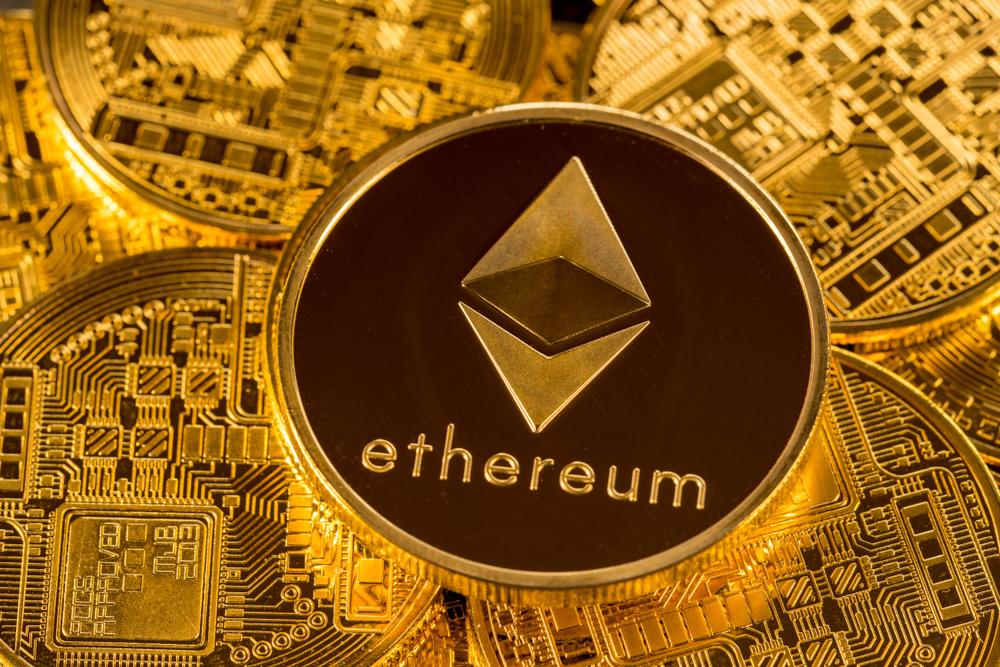- The Schlesi Testnet was forked last Sunday, paving the way for Ethereum 2.0.
- Vitalik Buterin raves about the early days of Ethereum and describes that the current situation is similar to the early days of Ethereum 1.0.
Ethereum 2.0 is in the starting blocks and the ETH ecosystem is making great progress in the last days and weeks. Even though there was a damper recently that ETH 2.0 will not start at the end of July as expected, Vitalik Buterin recently assured that it will at least start this year and thus finally change from the Proof of Work consensus to Proof of Stake. Another important event on the way to Ethereum 2.0 was announced by Parity developer Afri Schoedon.
Schlesi Testnet successfully forked
About 4 weeks ago several players like PegaSys, Prysmatic Labs or Nimbus started to test their clients for Ethereum 2.0. Among others, the Schlesi Testnet, which does not require a real deposit from ETH to test the staking process, can be used for this purpose. The focus here is on ensuring the compatibility of the clients.
On 17 May 2020 Schoedon announced a successful fork on Twitter. He explained that the fork was executed without any problems. Vitalik Buterin then explained via Twitter that the current situation reminds him of the development phase of ETH in 2015, when numerous tests on the pre-launch Olympic Testnet were also completed.
https://twitter.com/a4fri/status/1261963932455100417
In the Schlesi v0.11 version launched at the end of April, only Prysm and Ligththouse were initially part of the test network. With the new fork, the test environment will now be opened for additional clients after the first stress tests have been successfully completed. Schlesi was created to test ETH 2.0 under real conditions:
Every user of the beacon chain should be able to do every task manually, i.e. set up a validator or synchronize a beacon chain node. Scripts will facilitate this process in the future, but for now we need to make sure that the nodes, clients and other tools are ready to be used sufficiently to perform all tasks required by a Beacon Chain mainnet.
Meanwhile the community discusses the necessity of forks and the conclusions for the ecosystem. Tyler Smith of ConsenSys emphasized on Twitter that such forks contribute to the faster development of the ecosystem and that test nets have been created to take them to the limits of their capacity.
Besides Silesi, the Topaz test network was launched at the end of April and will be active for a total of 3 months before ETH 2.0 is finally activated. Topaz has the same configuration as the ETH 2.0 mainnet will probably have.




